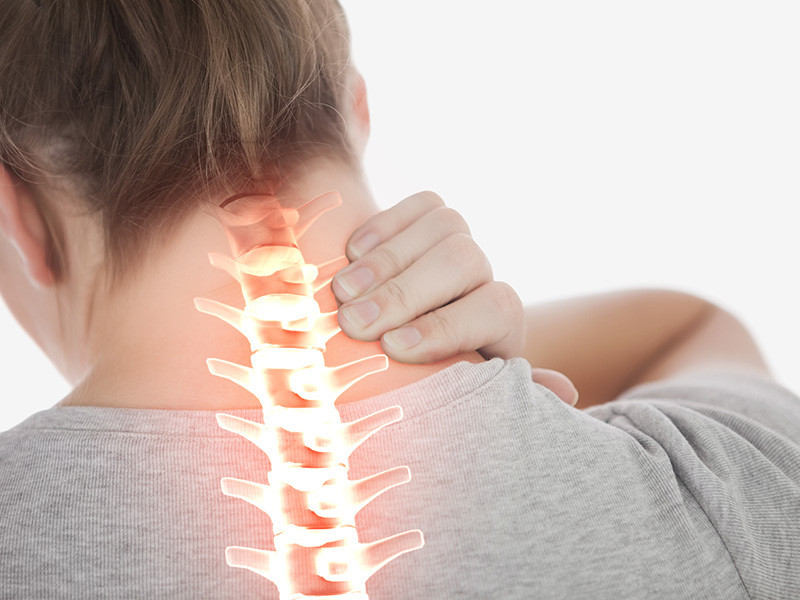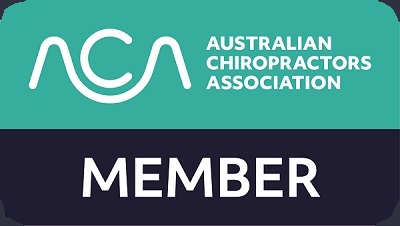Our Blog
Neck Pain
Neck Pain can be a debilitating health problem. Your head is relatively heavy and balanced on a narrow support structure of your neck, made up of seven bones called vertebrae. The vertebrae are separated from each other by intervertebral discs, stabilised by joints and ligaments and moved by the muscles controlled by your nervous system. Because the neck is very mobile, it is therefore easily damaged.
Onset of pain may be immediate, or there may be a slow onset - pain gradually increases over several days or weeks.Pain or deep ache of the neck, shoulder or arm (this needs to be differentiated from true shoulder pain, such as tendonitis\bursitis). There may be burning or tingling of the arm or hand or even headaches. It may be continuous, or only occur when you are in a certain position.The pain may be aggravated by turning your head, looking up or looking down, you may experience stiffness of the neck and shoulder muscles and have a reduced range of motion of the neck.
Common Causes – acute sudden onset v chronic unexplained pain
Acute sudden onset neck injuries most often result from motor vehicle accidents, sports collisions, or occupational accidents. Damage may occur to vertebrae, joints, nerves, discs, ligaments and muscles. A common neck injury is whiplash (acceleration/deceleration injury) where the head is thrown vigorously forward &/or backward.
The chronic neck is different in that the pain gradually increases over several days or weeks.Poor posture can cause neck pain, as muscles become tired, the neck joints restricted and irritated and nerves are sensitised to the pressure.Slouching your shoulders with your head pushed forward, sleeping with your head in an awkward position, or working with your head down for long periods, will all tend to cause or worsen neck pain. If you are experiencing neck pain, it is important that you have your condition assessed by one of our chiropractors at Potter Chiropractic.
Chiropractic Treatment
Our Chiropractors can provide an assessment and examination to help determine the source of pain. This identifies the location of the pain and discomfort and provides you with an understanding of the underlying physiological problem.
Your treatment may involve:
- Spinal adjustment
- Massage
- Dry needling
- Postural re-education
- Strengthening, stabilising and stretching exercises to help you manage your problems long-term
- Neural mobilisation techniques
- Advice and recommendations for ergonomics/desk setup and activity modification
Symptoms lasting longer than three months become habitual and are much harder to solve. The sooner you get on top of your neck symptoms the better your outcome.
📍 Potter Chiropractic, 320 Heaths Rd, Hoppers Crossing, VIC 3029
📞 (03) 9974 1991
🌐 www.potterchiropractic.com.au






